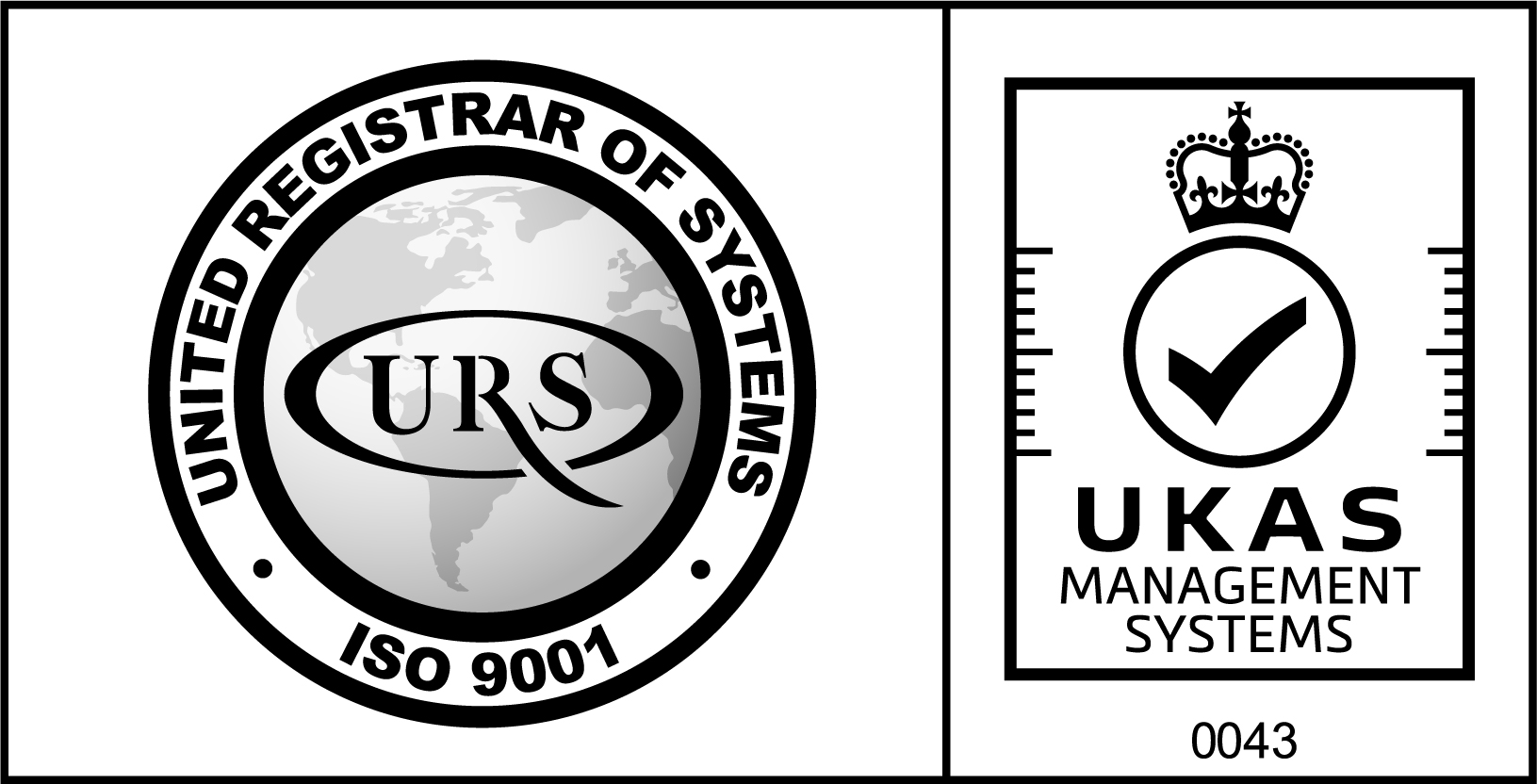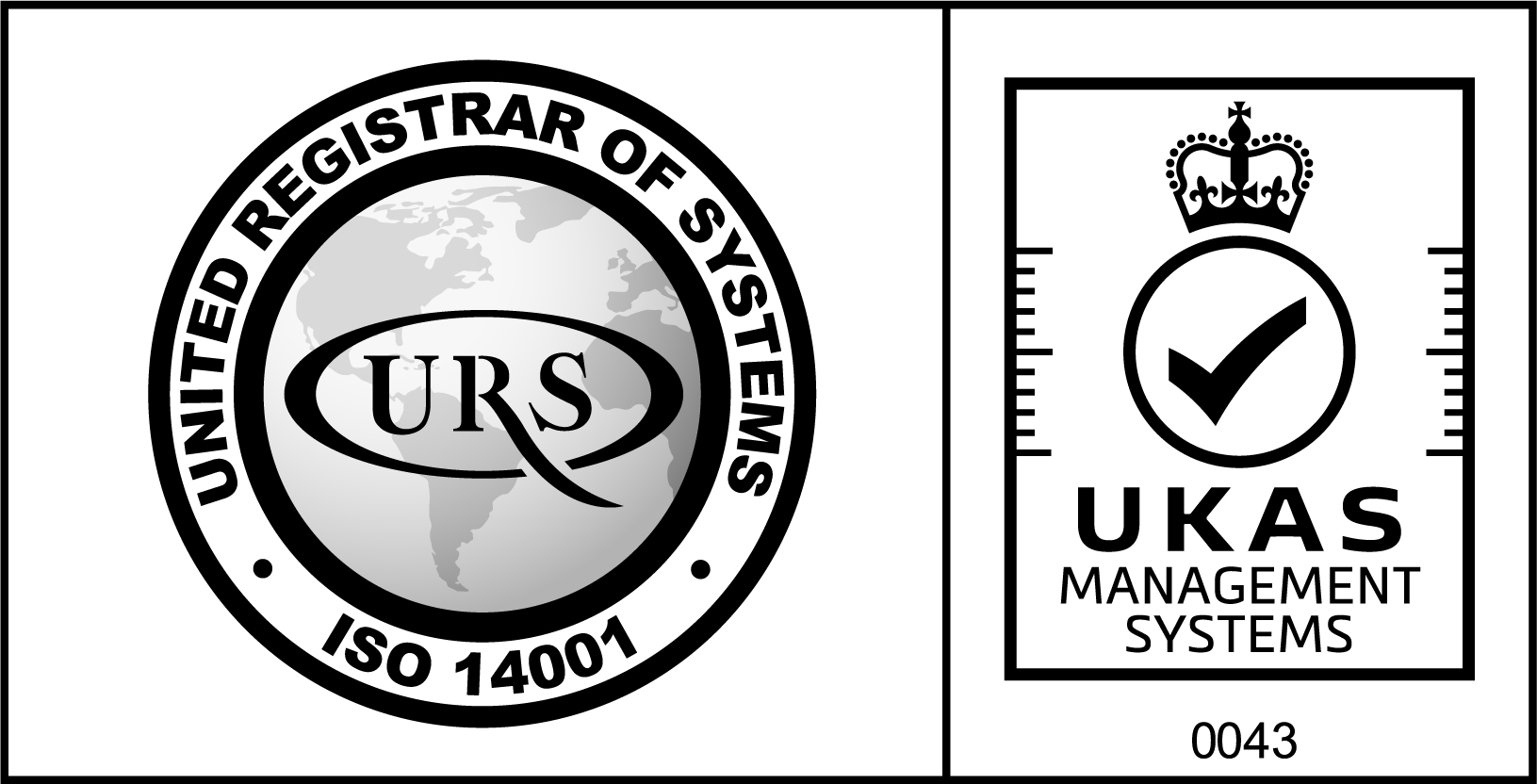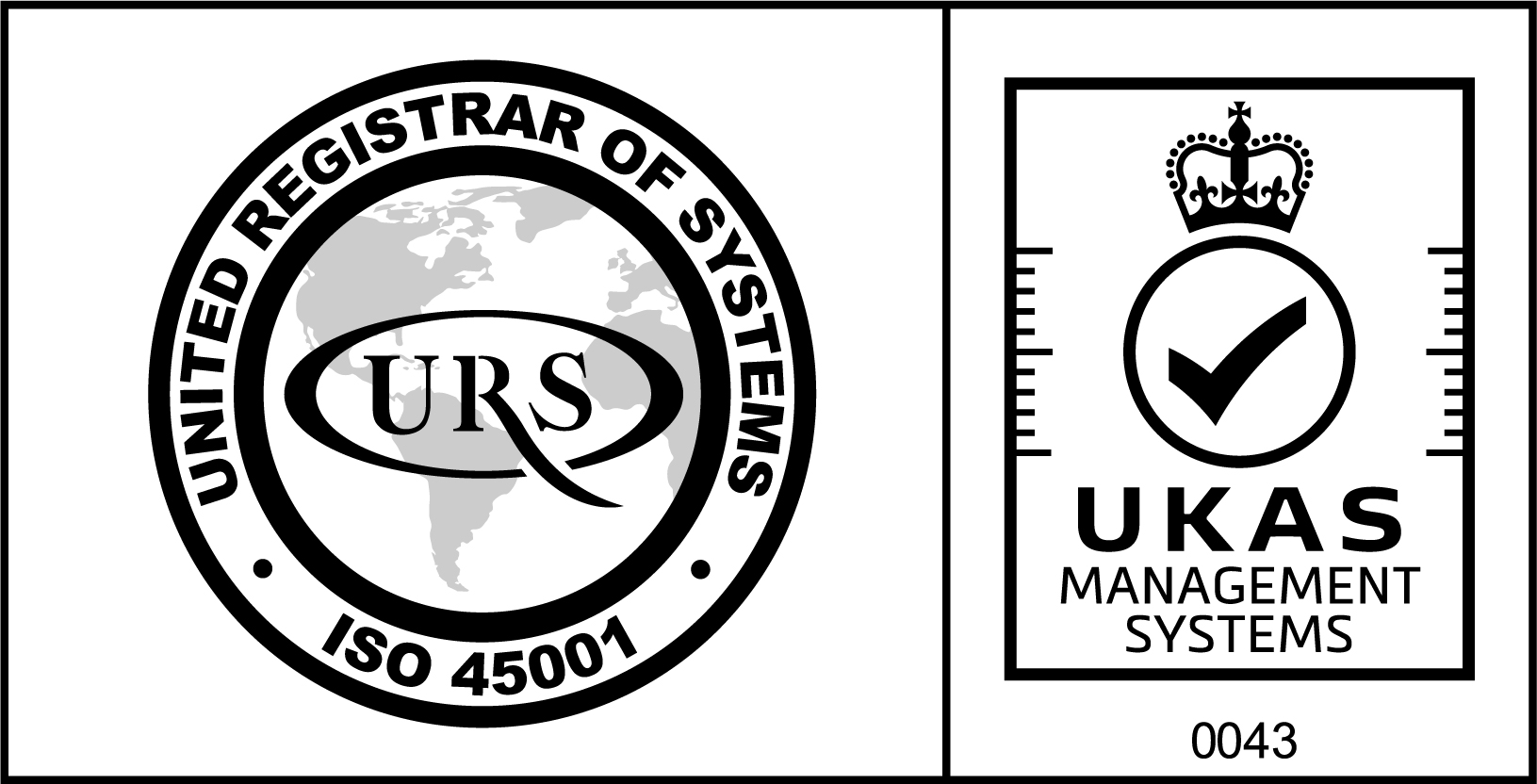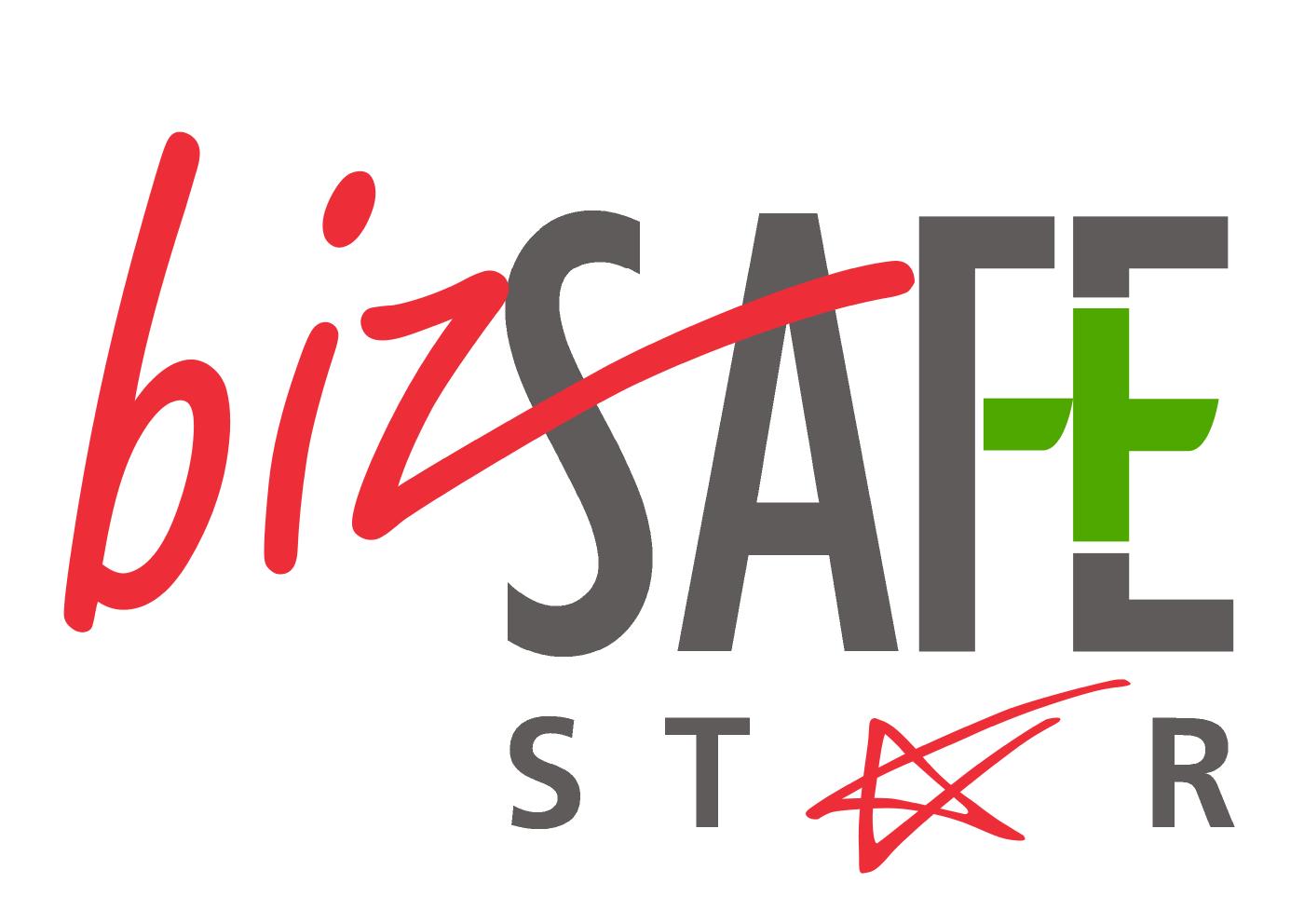In today’s digital age, data has become the lifeblood of businesses and organizations. As data continues to grow exponentially, the demand for efficient and reliable data centers has become more critical than ever. At its core, a data center serves as a secure and controlled environment dedicated to the storage, processing, and management of data. Acting as the backbone of an organization, it is a centralized facility that houses the essential infrastructure and equipment needed to handle vast amounts of data. The data center acts as the nerve center for an organization’s digital operations, supporting a wide range of applications, services, and systems, there is growing importance for an effective data center setup & design.
Data centers designs plays a crucial role in ensuring a secure, reliable, and scalable environment for efficient data handling. Equally important is the data center setup process, which involves meticulous planning, configuration, and implementation of the physical and virtual infrastructure within the facility.
Whether it’s a small business or a large enterprise, an effective data center design and data center setup is essential for ensuring seamless operations and optimal performance. This blog post aims to explore the best practices involved in establishing a data center. From understanding the main components to considering design considerations and overcoming challenges, we will provide valuable insights into creating a robust and future-proof data center.

Main Components of Data Center
A well-designed data center comprises several key components that work together to provide a robust infrastructure. These components include:
Servers
Servers form the core of a data center, handling the processing and storage of data. They come in various forms, such as rack-mounted servers, blade servers, and modular servers.
Storage Systems
Data centers require robust storage systems to store vast amounts of data. These systems can include hard disk drives (HDDs), solid-state drives (SSDs), and network-attached storage (NAS) devices, providing high-capacity and high-performance storage solutions.
Networking Equipment
This includes routers, switches, and firewalls that enable communication between servers, storage systems, and external networks. A well-designed network infrastructure ensures high-speed data transfer and reliable connectivity.
Power Infrastructure
Power infrastructure encompasses uninterruptible power supply (UPS) systems, backup generators, and power distribution units (PDUs). It provides reliable and continuous power supply to the data center, protecting against power outages and ensuring uninterrupted operations.
Cooling Systems
Data centers generate significant heat due to the continuous operation of servers and other equipment. Cooling systems, such as air conditioning units, immersion cooling system and precision cooling systems, are essential to maintain optimal temperature and prevent equipment overheating.
Fire Suppression Systems
Fire suppression systems, such as sprinklers and specialized gas-based systems, are crucial for mitigating the risk of fires and minimizing potential damage to the data center and its equipment.
Best Practices for Data Center design
When designing a data center, several best practices should be followed to ensure efficiency, scalability, and resilience. Here is a checklist of essential considerations:
Determine Requirements
Understand the specific needs of your organization in terms of capacity, power, cooling, networking, and security to establish the foundation for the design process.
Physical Layout
Design an efficient layout for the data center, considering factors such as server racks, cabling, pathways, and accessibility to ensure optimal space utilization and ease of maintenance.
Redundancy
Incorporate redundancy in power systems, cooling systems, networking, and storage to minimize the risk of downtime. Redundant components and backup systems ensure continuous operations even in the event of hardware or network failures.
Scalability
Plan for future growth and scalability by considering factors like expansion space, power capacity, and cooling capacity. This allows the data center to adapt to increasing demands without major disruptions.
Cooling System
Implement efficient cooling systems, employing techniques such as hot-aisle/cold-aisle containment and raised floor cooling to maintain appropriate temperatures and prevent equipment overheating.
Power Distribution
Design a reliable and redundant power distribution system with proper electrical capacity, UPS systems, backup generators, and power distribution units (PDUs) to ensure uninterrupted power supply.
Security
Implement robust security measures to protect sensitive data and prevent unauthorized access. This includes physical security measures, such as access controls and surveillance systems, as well as cybersecurity measures, like firewalls, intrusion detection systems, and encryption protocols.
Fire Suppression
Install effective fire suppression systems, including smoke detectors, fire suppression agents, and fire-resistant construction materials, to minimize the risk of fire and protect critical equipment.
Monitoring and Management
Implement robust monitoring and management tools to continuously monitor the data center’s performance, temperature, humidity, power consumption, and security, allowing proactive detection and resolution of issues.
Data Center Design Challenges and Solutions
When designing a data center, several challenges must be addressed to ensure a robust and efficient infrastructure.
One common challenge is limited physical space. Data centers often face space constraints, requiring careful planning to optimize the utilization of available space. Solutions include implementing high-density server equipment, using taller racks or modular designs to maximize vertical space, and exploring off-site or cloud-based options for additional capacity.
Power and cooling requirements pose another significant challenge. Data centers consume substantial amounts of power and generate heat, demanding efficient power distribution and cooling systems. Solutions involve implementing energy-efficient infrastructure, such as power-efficient servers and cooling technologies like hot and cold aisle containment, and immersion cooling systems. Thorough capacity planning helps ensure the data center can handle current and future power and cooling demands effectively.
Connectivity and networking pose challenges in ensuring reliable and high-speed data transmission. Redundant network paths, high-performance networking equipment, and network management tools are solutions to ensure seamless connectivity within the data center and to external networks.
Disaster recovery and business continuity planning are essential components of data center design. Solutions involve implementing robust backup and disaster recovery strategies, including redundant systems and regular testing of recovery procedures, to minimize downtime and ensure business continuity.
Conclusion
A well-designed and efficiently operated data center is essential for organizations to meet the growing demands of data storage, processing, and distribution. By adhering to best practices such as scalability, redundancy, security, and efficiency, businesses can ensure the smooth functioning of their data centers. Additionally, addressing challenges related to space, cooling, and connectivity contributes to a reliable and resilient infrastructure. As technology continues to advance, staying updated with the latest trends and innovations in data center design will be crucial for organizations to remain competitive and meet evolving business needs.
By partnering with NewTech, organizations can benefit from our comprehensive suite of services to staying at the forefront of technology. We ensure that the data center design is well-equipped to overcome challenges and leverage the latest advancements to create a secure, scalable, and efficient infrastructure for our clients.








